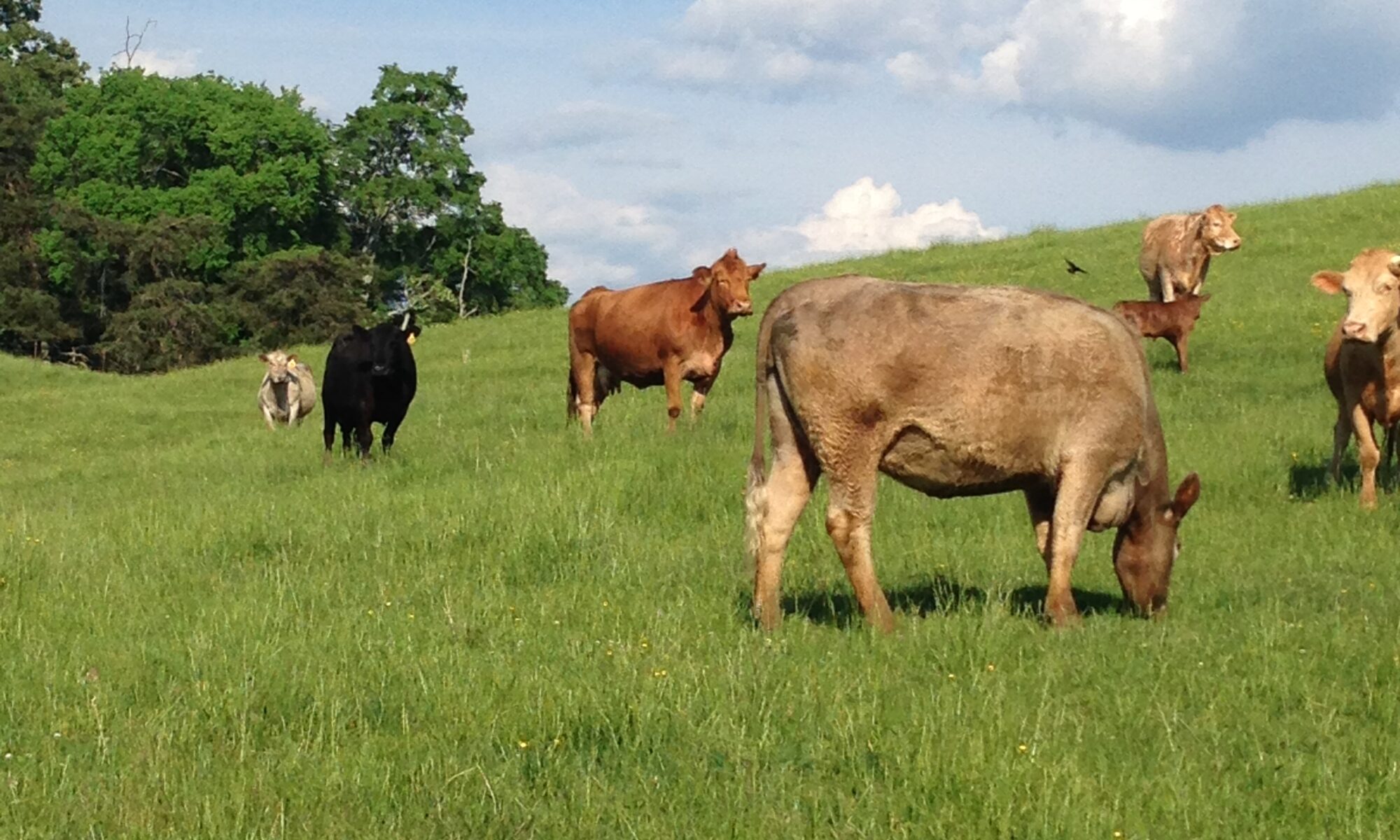

Dr. Andrew Griffith
Assistant Professor
Department of Agricultural and Resource Economics
P: 865-974-7480
There does not seem to be any signs of heifer retention in the current cattle environment. It would be difficult to make an argument for cattle prices being too low to encourage heifer retention. Alternatively, slaughter cow prices have certainly encouraged producers to move cows out of the herd. Given these general observations, it is appropriate to consider where inventory has been, where it appears to be heading, and how the market will get there.
The beef cow herd inventory peaked at 31.64 million head in 2019 for this cycle. This compares to the previous low inventory of 28.966 million head in 2014. Considering heifers held for beef cow replacement during that time period, producers retained 5.56 million head in 2014, 6.09 million head in 2015, 6.34 million head in 2016, 6.36 million head in 2017, and 6.11 million head in 2018, which were all years of increasing beef cow inventory. From 2014 through 2018, heifers held for beef replacement as a percent of the beef cows that calved ranged from 19.2 percent to 21.0 percent. From 2019 through 2024, the quantity of heifers for beef cow replacement has steadily declined every year. In 2019, producers retained 5.80 million head, which was 18.3 percent of the beef cow herd. In 2024, only 4.86 million head of heifers were retained for beef cow replacement, and they represented 17.2 percent of the total beef cow inventory.
At this point, it appears the 2025 cattle inventory report will report further declines in the beef cow herd and probably even fewer heifers retained for replacement. The question at hand is when will producers begin retaining replacement females, and how quickly will they do it? If history repeats itself, producers are capable of growing the herd in quick fashion, but this will be dependent on calf prices remaining strong and cost of production remaining relatively low. Both of these conditions seem to be achievable in 2025, but the one wild card will be forage availability. As producers have been navigating the fall weaning time period, it is difficult to imagine producers retaining many females given the reduced forage production in many regions of the country. The inventory report released in January of 2025 will shed some light on this subject, but if heifer retention has not started then it will be the fall months of 2025 before any substantial retention can occur.
The next question on producers’ minds will be what a bred heifer is worth. Based on research from the University of Tennessee, we found heifers sold in May with an expected calving date in the fall have a value equal to 2.3 to 2.9 times the value of a 550 pound heifer sold through the weekly auction with an average of 2.5 times the value of a 550 pound heifer. Similarly, bred heifers sold in November with an expected calving date in late winter and early spring were valued at 2.6 to 3.4 times the value of a 550 pound heifer sold through the weekly auction with and average of 2.8 times the value of a 550 pound heifer.
At the time of this writing, a 550 pound heifer in Tennessee was valued at $1,250 per head, which would result in an average bred heifer price of $3,500 per head with a range of $3,250 to $4,250 for spring calving. It is unlikely many producers will pay more than $3,500 for a bred heifer in today’s market, but it is clear the value of those animals is well north of $3,000 given research that used historical data. In reality, the value of anything is simply what someone is willing to pay for it, but the seller has the option of not selling if they think it is undervaluing the animal. A similar calculation could be performed to achieve what bred heifers are expected to be worth in the spring.
In closing, there is no timetable for when producers will begin retaining heifers for replacement or purchasing bred heifers. In fact, the available information would indicate it will be another year before any substantial heifer retention will occur. Similarly, there is no way to predict how quickly producers will rebuild the cow herd and how large they will grow it. The one prediction that may be safe is that the peak inventory in this next cycle will be lower than the peak of the last cycle.